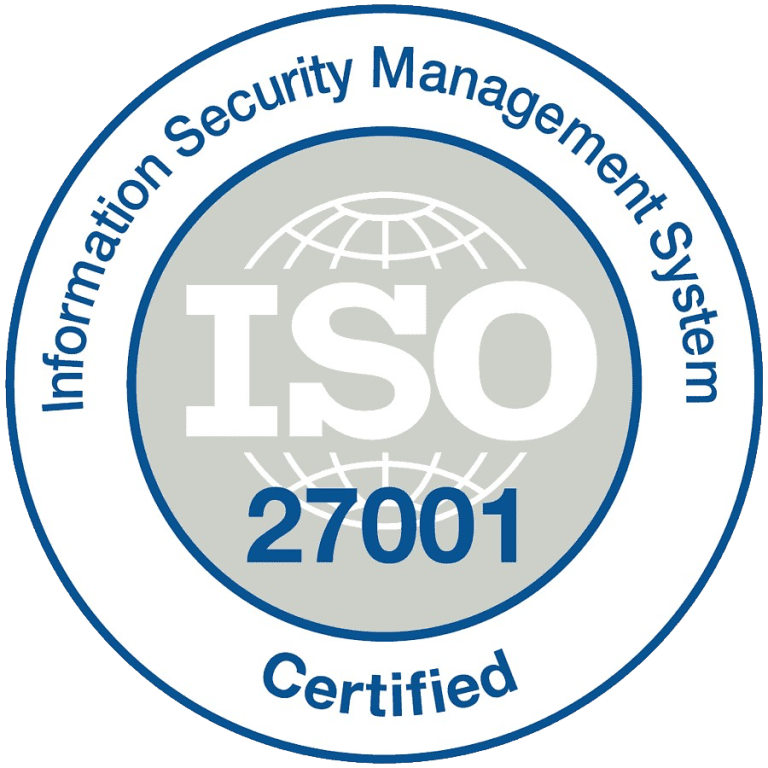As mobile technology evolves, Unstructured Supplementary Service Data (USSD) is a powerful tool for developers seeking innovative applications and services. While it may seem overshadowed by more modern technologies like SMS and mobile apps, USSD offers unique advantages that can be used in various contexts. Its real-time communication capabilities and wide accessibility make it a valuable asset in many regions, especially where internet connectivity is limited.
Despite its potential, many developers must fully explore and utilize USSD. This article will explore USSD’s definition, benefits, and significance for developers. We will examine how USSD operates, its practical applications, and why it remains a relevant and impactful technology.
What is USSD?
Unlike regular SMS, USSD creates a live connection, allowing users to interact with the system and get immediate responses to their questions. Mobile devices send and receive text-based messages to and from a central server. Unlike Short Message Service (SMS), which operates on a store-and-forward model, USSD messages are session-based. USSD establishes an interactive connection between the user’s device and the server.
The system establishes a direct link when a user initiates a USSD session, allowing for dynamic and immediate communication. USSD is widely used for various applications, including mobile banking, airtime top-ups, and customer service interactions.
Benefits of USSD for developers
Here are the key benefits of USSD, highlighting why it remains an essential technology for delivering effective and accessible services across diverse environments.
1. Cost-effective:
USSD services are often more affordable than SMS or data-based services. This cost-effectiveness is particularly advantageous for developers aiming to minimize expenses while delivering essential services.
2. Instant interaction:
USSD facilitates immediate user and server communication. Instant interaction means users can engage in a dynamic, back-and-forth conversation, receiving instant feedback and responses. Such immediacy enhances the user experience by providing timely and relevant information, making USSD an effective tool for interactive services.
3. Security:
USSD messages are transmitted over a secure channel, with encryption providing additional protection. USSD is a reliable option for handling sensitive data, including financial transactions, personal details, and confidential information. The security measures ensure that user data remains protected during communication.
4. Wide reach:
One of USSD’s standout features is its compatibility with all types of mobile phones, including those without internet access or advanced smartphone functionalities. This broad reach means that USSD can connect with users in regions with limited connectivity, ensuring that services are accessible to a diverse audience.
5. Scalability:
USSD is designed to handle large volumes of transactions efficiently. Its scalable nature means it can accommodate growing user bases and high levels of interaction without compromising performance. USSD is ideal for applications anticipating high usage and requiring good scalable solutions.
6. Reliability:
USSD’s messaging ensures that communications are delivered and received promptly. This reliability is crucial for applications where timely responses are essential, such as customer support or transactional services, ensuring that users experience dependable and effective interactions.
7. Flexibility:
USSD’s versatility allows it to be applied across various use cases. Whether for mobile banking, information retrieval, customer service, or interactive content, USSD can adapt to multiple needs. This flexibility makes it a valuable tool for developers creating diverse applications catering to user requirements.
8. No need for the internet:
USSD operates without an internet connection, making it perfect for areas with limited or no internet access. This ensures that users in remote or underserved areas can still access services and information without needing data connectivity.
9. Ease of implementation:
Implementing USSD solutions is straightforward and does not require complex hardware or software. Developers can integrate USSD functionality with existing systems using standard protocols, making it a practical choice for quick deployment and adaptation.
10. Enhanced user engagement:
USSD’s interactive capabilities encourage user engagement through menu-driven interactions and responses. This engagement model helps to keep users involved and informed, leading to higher satisfaction and better user retention in applications that require ongoing interaction.
Why USSD matters for developers
Below are the reasons why USSD is valuable for developers, highlighting its role in creating engaging applications and accessing new markets.
1. Innovative applications:
USSD enables developers to design and deploy interactive, real-time applications that capture users’ attention and foster engagement. Unlike static SMS or non-interactive apps, USSD supports dynamic, session-based interactions where users can respond to prompts and menus.
2. Access to underserved markets:
USSD’s compatibility with basic mobile phones, regardless of internet connectivity or advanced features, makes it a tool for reaching users in regions with limited or no internet access. This broad compatibility opens up opportunities for developers to target underserved and rural markets that might be inaccessible through internet-dependent technologies.
3. Enhanced user experience:
USSD’s interactive nature contributes to a more dynamic user experience. Users can navigate through menus, input responses, and receive immediate feedback, which enhances their interaction with the service.
4. New revenue streams:
USSD-based services offer developers various monetization opportunities. By implementing transaction fees, developers can generate revenue from services such as mobile banking, bill payments, and airtime top-ups. USSD can be used for targeted advertising or promotional campaigns, providing another avenue for revenue generation.
Use Cases for USSD
USSD technology is useful in many areas because it works on any mobile phone without the internet. It can handle mobile payments, customer support, healthcare services, and education.
1. Mobile payments:
USSD is widely used to facilitate secure financial transactions, making it an ideal choice for mobile payment systems. The session-based nature of USSD ensures that transactions are completed securely without requiring internet connectivity, making mobile payments accessible even in regions with limited or no internet access.
2. Customer support:
USSD provides a convenient and interactive channel for customers to reach support teams. Using USSD, customers can drive menu options to find answers to common questions, check service statuses, or connect with a customer service representative.
3. Healthcare:
USSD can be used for remote health services in the healthcare sector. Patients can use USSD codes to schedule appointments, receive medication reminders, access health information, and even conduct basic health assessments.
4. Education:
USSD can facilitate interactive learning experiences like quizzes, assessments, and educational content delivery. This approach is beneficial in regions where access to online learning platforms is restricted due to limited internet connectivity. Using USSD, academic institutions can ensure that learning opportunities are accessible to a wider audience.
Challenges and limitations
While USSD offers many benefits, it also has specific challenges and limitations that developers must know.
1. Operator dependence:
Implementing USSD services requires collaboration with mobile network operators. This dependence can pose challenges, as developers must negotiate and maintain partnerships with operators to ensure their USSD applications function correctly.
2. Limited message length:
USSD messages are constrained to 182 characters, restricting the amount of information conveyed in a single message. This limitation can make delivering detailed information or complex instructions challenging within a single interaction. Developers must carefully design their USSD menus and messages to ensure they are concise yet informative, often requiring multiple steps to convey more comprehensive information.
3. User awareness:
Many users may need to become more familiar with USSD and how to use it effectively. This lack of awareness necessitates efforts to educate and promote USSD services to potential users. Developers and service providers must invest in user education campaigns, clear instructions, and support to ensure users understand how to access and navigate USSD-based services.
Best practices for implementing USSD
With these practices, developers can ensure that their USSD applications are user-friendly, compatible with various devices and operators, and optimized for performance.
- Keep it simple: Design intuitive, user-friendly interfaces that are easy to navigate. Simplicity is key since USSD interactions are text-based and often limited in length. Use clear and concise language, straightforward menu options, and logical paths to ensure users can complete tasks without confusion.
- Test thoroughly: Ensure compatibility with various mobile devices and operators. Given the diversity of mobile phones and network conditions, thorough testing is crucial in identifying and addressing potential issues, ensuring a consistent and reliable user experience.
- Promote USSD: Educate users about the benefits and usage of USSD. Many users may be unfamiliar with USSD, so effective promotion and education are essential. Use marketing campaigns, tutorials, and customer support to raise awareness and guide users on accessing and utilizing your USSD services effectively.
- Monitor and optimize: Continuously evaluate and improve USSD-based services. Regularly monitor user interactions, feedback, and performance metrics to identify areas for improvement.
- Conduct thorough market research: Understand your target audience and their needs before implementing USSD. Conduct market research to understand your target users’ preferences, behaviours, and challenges.
- Choose the right USSD provider: Select a provider that offers reliable and scalable USSD services; partner with a USSD provider known for their reliability, scalability, and support. A reputable provider will ensure that your USSD applications run smoothly and can handle increasing user demand as your service grows.
- Test and repeat: Continuously test and improve your USSD-based services to ensure they meet user needs. You can maintain a high-quality USSD service that adapts to changing requirements and expectations by staying responsive to user needs and making incremental enhancements.
Conclusion
USSD is a flexible technology that offers many benefits for developers. Its ability to support secure, interactive communication on any mobile phone makes it a valuable tool for reaching users in various areas, including those with limited internet access. Using USSD, developers can create innovative, user-friendly applications that enhance user engagement and satisfaction. The low cost, scalability, and flexibility of USSD provide significant advantages for deploying a wide range of services, from mobile payments to customer support.





